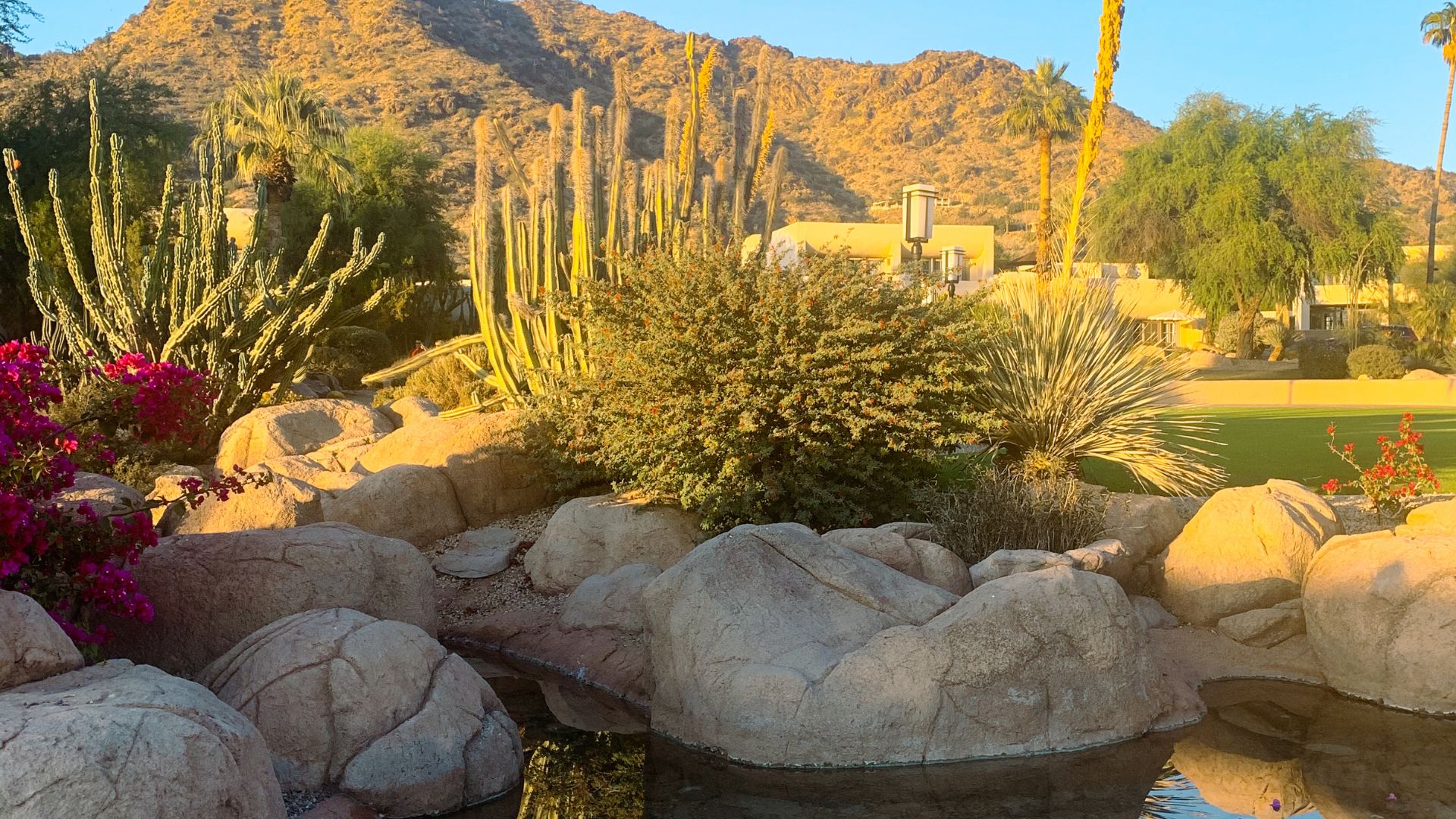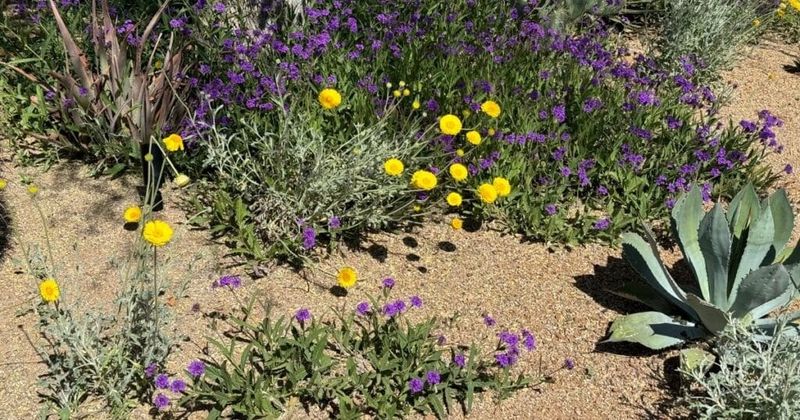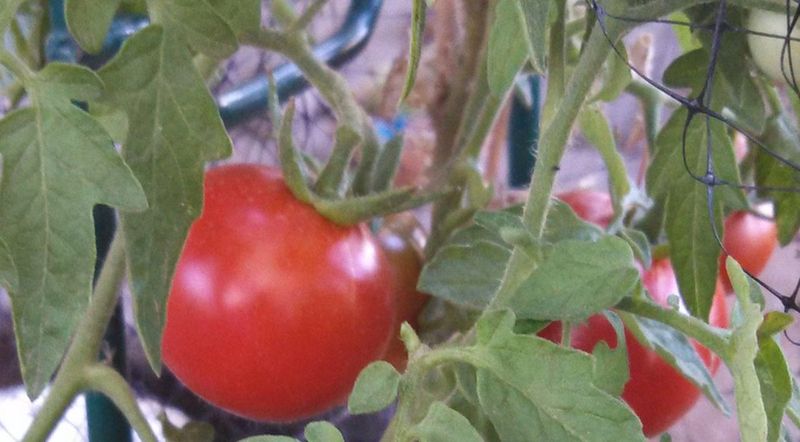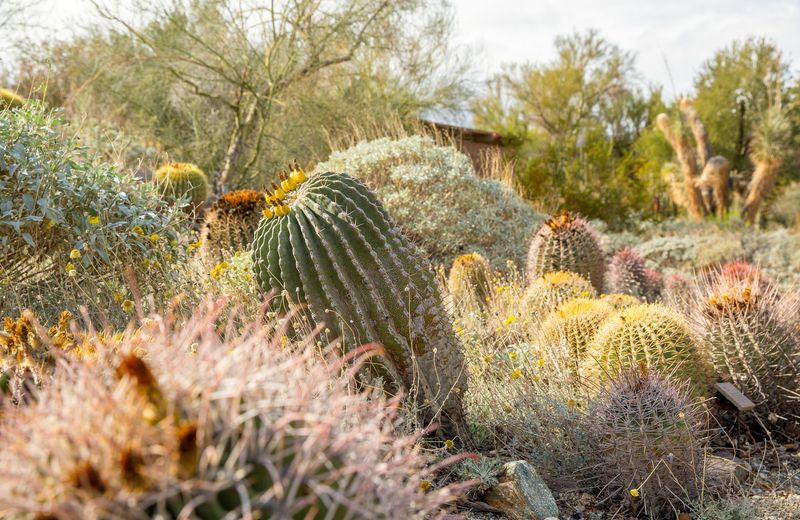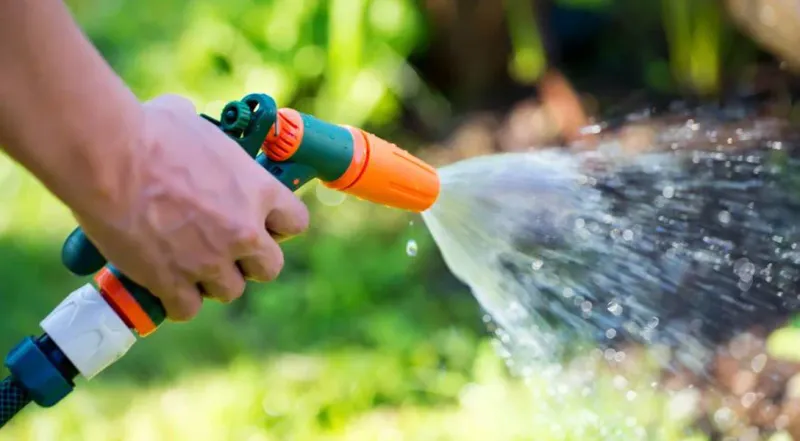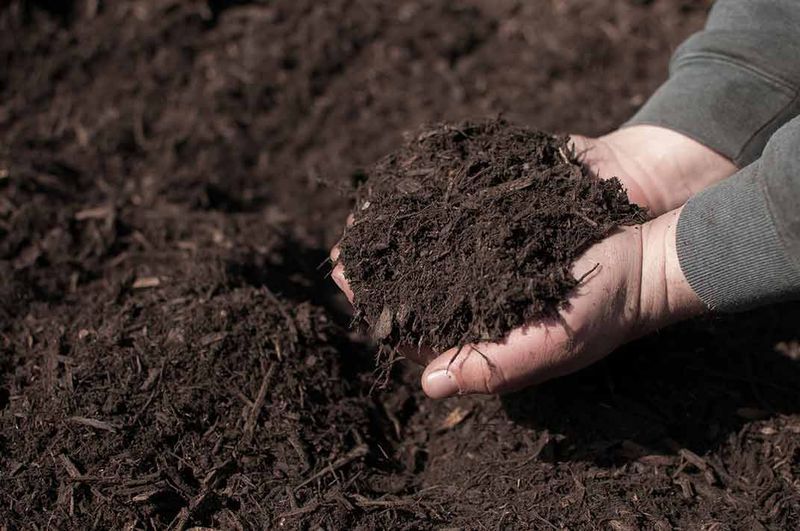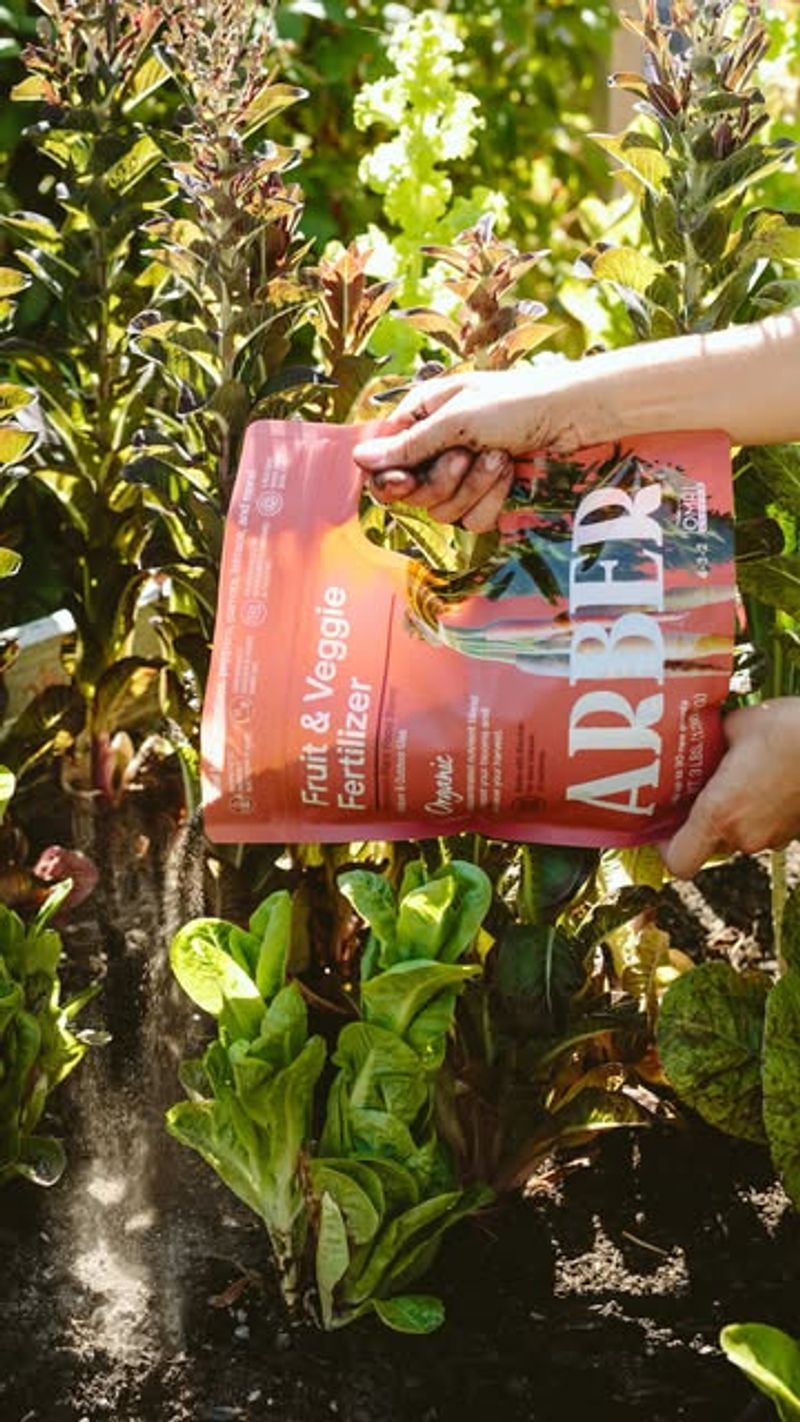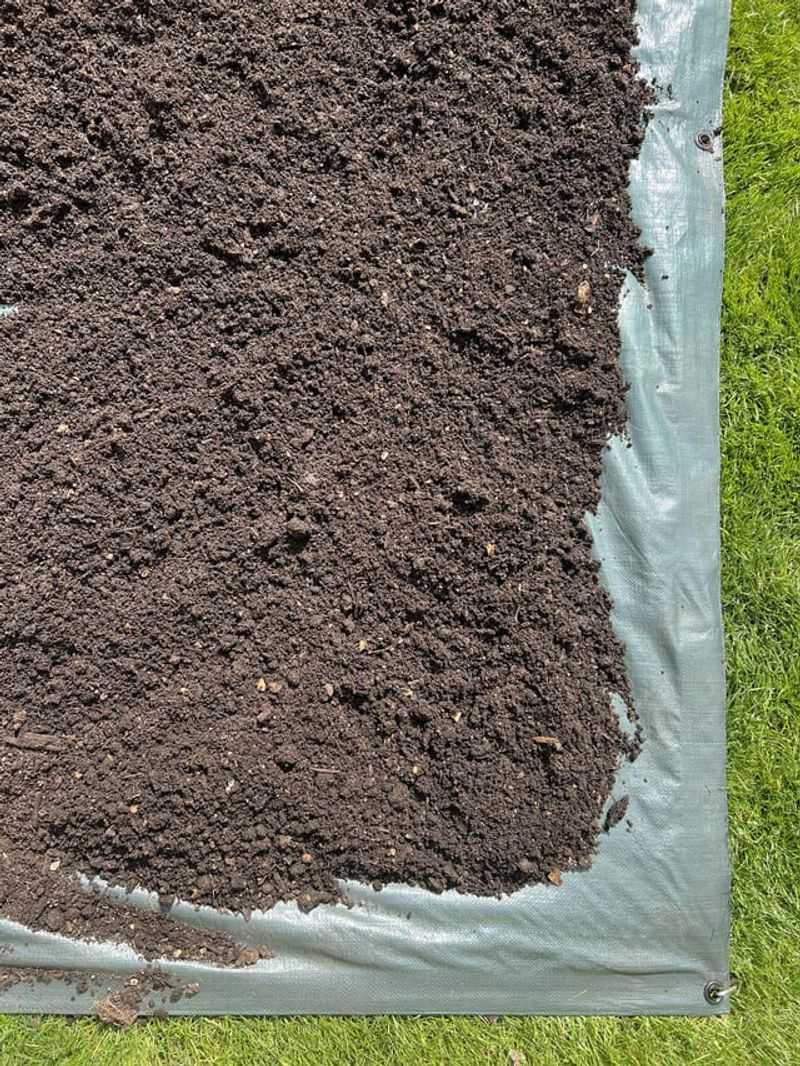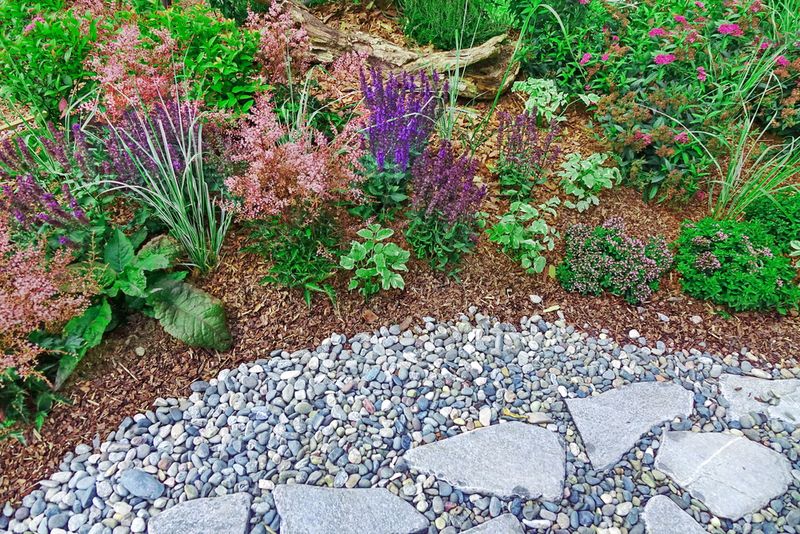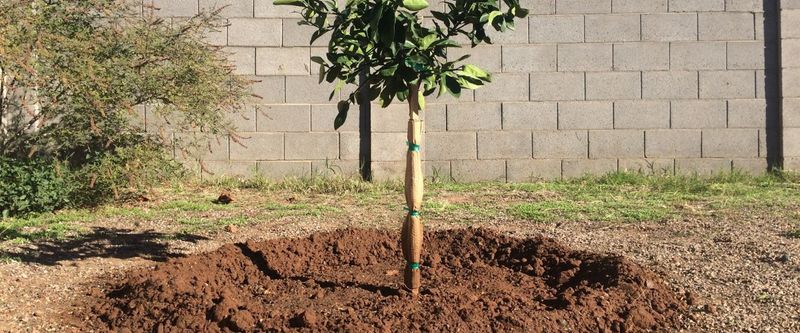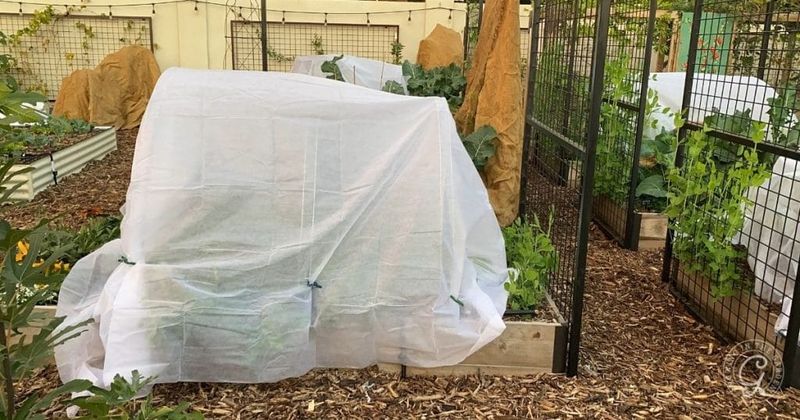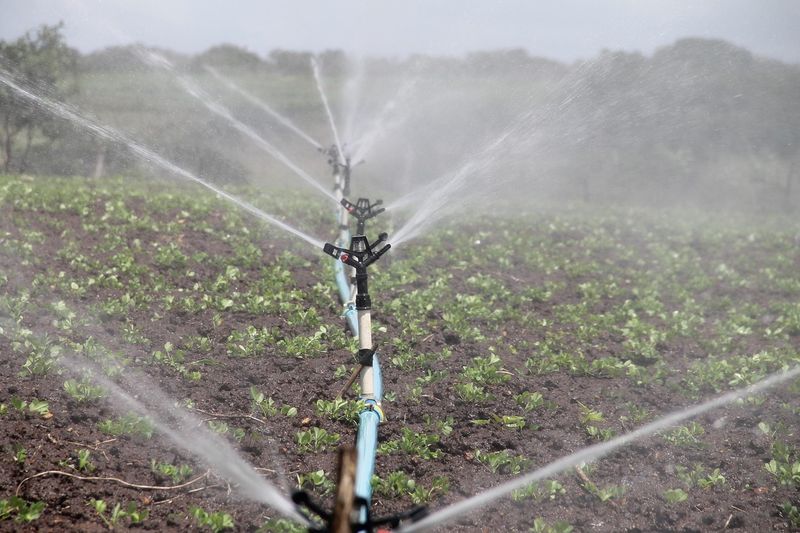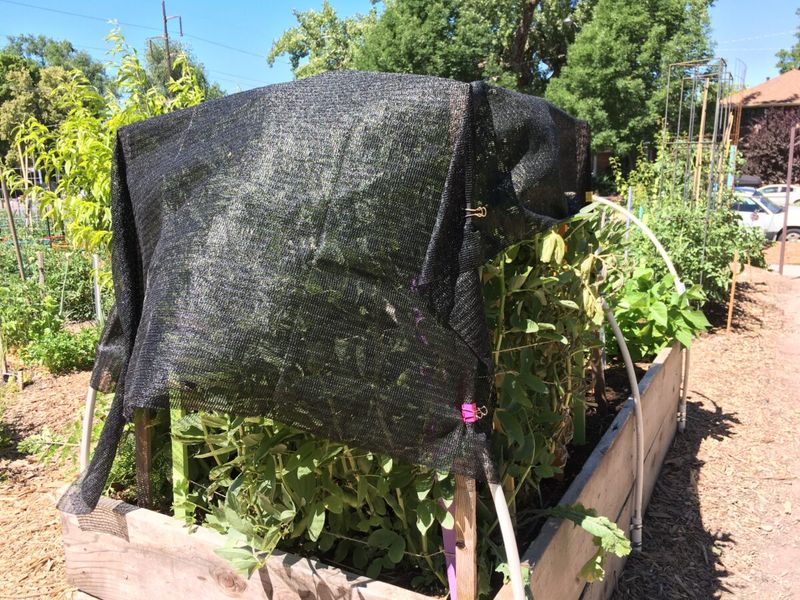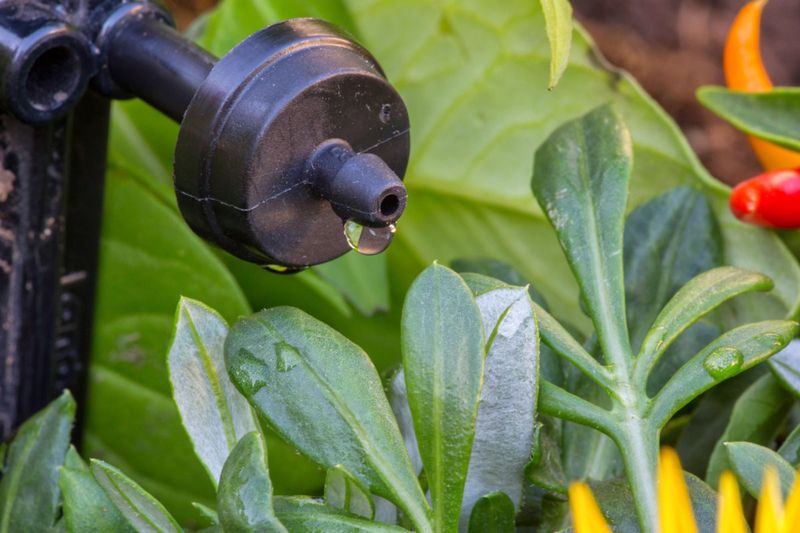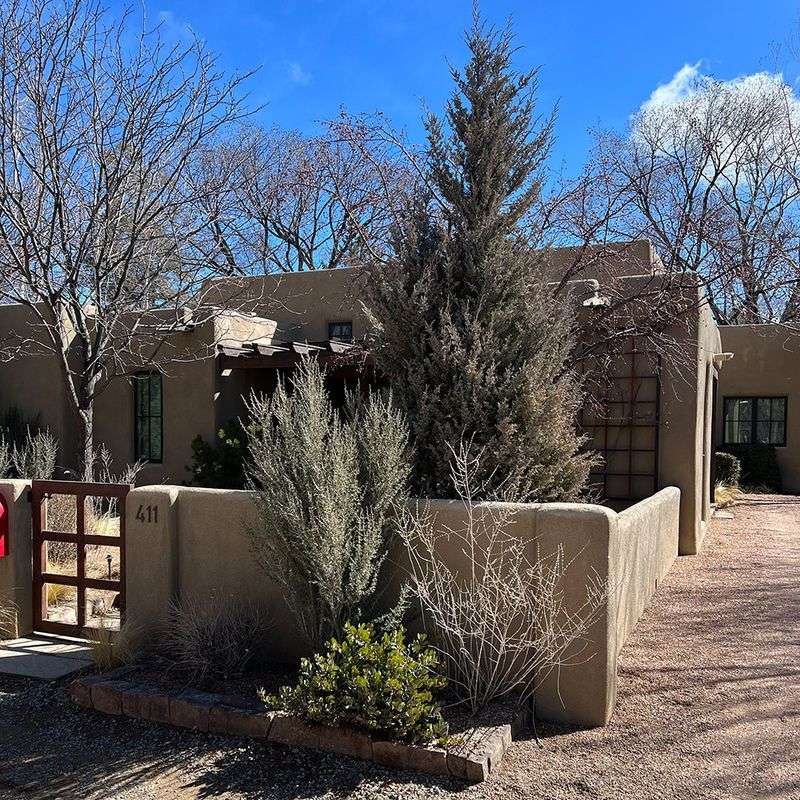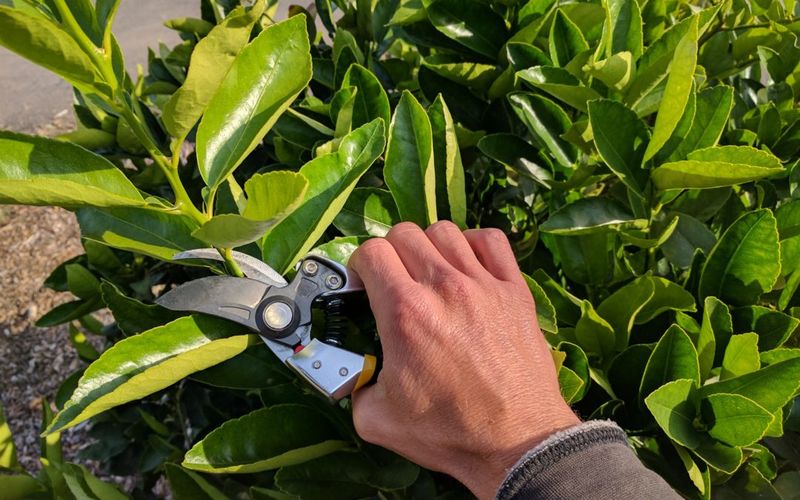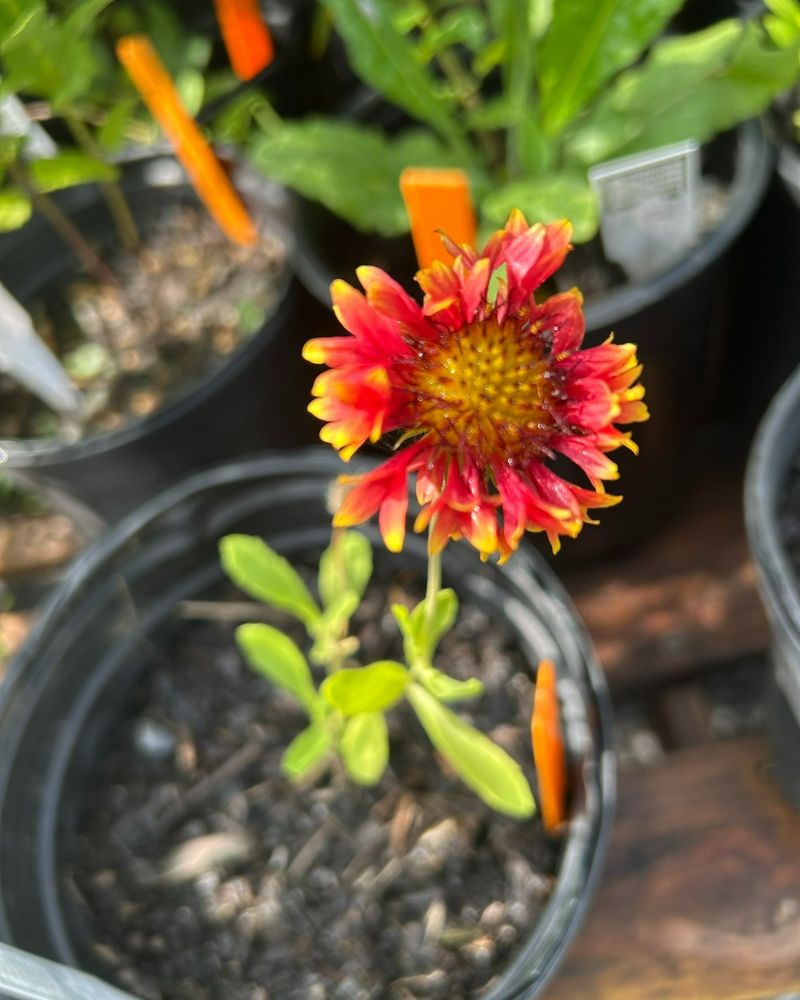Gardening in Arizona isn’t just planting and hoping—it’s a test of patience, strategy, and sun tolerance. What works elsewhere can backfire fast here, leaving plants scorched and gardeners discouraged. But knowing what not to do is your first step toward desert gardening success.
Overwatering is a big trap—dry soil doesn’t always mean thirsty roots, especially for native plants. Stick with deep, occasional watering and ditch the daily sprinkle to encourage strong root systems that can handle the heat. Another common slip-up? Choosing sun-sensitive plants for blazing full-sun spots.
Go for desert-adapted champions like agave, desert marigold, and red yucca—they thrive with minimal fuss and make the heat look good. With a few smart choices, your garden can stay vibrant—even when the temps soar.
1. Watering Lightly Every Day
Many gardeners mistakenly sprinkle their plants daily with just enough water to wet the surface. This encourages shallow root systems that can’t survive Arizona’s brutal heat.
Deep, infrequent watering trains roots to grow downward where soil stays cooler and moisture lasts longer. I learned this lesson after losing half my vegetable garden my first summer here.
Instead, water thoroughly but less often—maybe twice weekly for established plants. This creates drought-resistant plants that need less attention and survive better when temperatures soar past 110°F.
2. Planting Summer Vegetables In May
Timing is everything in desert gardening. Starting tomatoes, peppers, or squash in May might seem logical, but they’ll struggle to produce before summer’s furnace-like conditions arrive.
By July, temperatures regularly exceed 105°F, causing blossoms to drop and plants to focus on survival rather than fruit production. The growing window simply closes too quickly.
Plant heat-sensitive vegetables in February or late August instead. This gives them time to establish and produce before extreme temperatures hit or after they’ve begun to moderate in fall.
3. Choosing Plants From Non-Desert Regions
That gorgeous hydrangea from the garden center might be tempting, but plants native to rainy climates often become expensive disappointments in Arizona. They demand constant attention and excessive water to survive.
Arizona’s native and desert-adapted plants evolved to thrive in our conditions. My lantana and desert marigolds barely notice when temperatures hit triple digits!
Select plants from similar desert climates—Arizona natives, Mediterranean species, or Australian plants. These choices require less water, tolerate heat, and often provide beautiful blooms without the constant struggle.
4. Midday Watering
Sprinklers running at noon might seem like they’re cooling your garden, but up to 30% of that precious water evaporates before reaching plant roots. Water droplets on leaves can actually magnify sunlight, creating burn spots.
Early morning watering (before 8 AM) allows moisture to soak deep into soil before the day heats up. Plants enter the hottest part of day with fully hydrated root systems.
Set irrigation timers for pre-dawn hours when evaporation rates are lowest and water pressure is typically better. Your plants will thank you, and your water bill might shrink noticeably.
5. Neglecting Mulch
Bare soil in Arizona gardens heats up like asphalt, cooking delicate roots and accelerating moisture loss. Exposed soil can reach 140°F on summer afternoons—far beyond what most plant roots can tolerate.
Mulch acts like a protective blanket, keeping soil temperatures lower and reducing evaporation dramatically. After adding 3 inches of mulch to my vegetable beds, I noticed I needed to water about 30% less often.
Apply 2-4 inches of organic mulch (compost, wood chips, straw) or decorative rock mulch around plants, keeping it a few inches from stems to prevent rot issues.
6. Overusing Chemical Fertilizers
Chemical fertilizers create rapid, lush growth that often can’t sustain itself in Arizona heat. The tender new foliage demands more water and becomes easily stressed when temperatures climb.
Fast-release fertilizers can also build up salts in our already mineral-rich soils. Last summer, my neighbor’s over-fertilized roses developed crispy leaf edges from salt accumulation despite regular watering.
Switch to slow-release organic options like compost, worm castings, or specialized desert plant foods. These build soil health gradually while creating stronger, more heat-resistant plants that need less water.
7. Ignoring Soil Preparation
Arizona’s native soil often resembles concrete more than garden loam. Simply digging a hole in this clay or caliche soil creates a bathtub effect—water collects without draining, eventually drowning plants.
Proper soil preparation might seem like extra work, but it’s essential for success. When I amended my soil with compost before planting, my garden’s productivity doubled compared to areas where I skipped this step.
Mix generous amounts of compost into planting areas to improve both drainage and water retention. For trees and shrubs, create wide planting areas rather than just deep holes.
8. Crowding Plants Together
Squeezing plants close together works in cooler climates but spells disaster in Arizona. Plants need extra space in our climate to allow for air circulation and prevent competition for limited water resources.
Crowded plants create humid microclimates that invite fungal diseases, particularly problematic during monsoon season. The dense growth also blocks cooling breezes that help plants survive triple-digit days.
Give desert plants at least 25-50% more space than recommended on standard plant tags. What might seem sparse at planting time will fill in nicely, creating healthier plants that require less maintenance and water.
9. Planting Too Deep
Setting plants deeper than their original soil level suffocates roots in Arizona’s heavy soils. The practice, sometimes recommended in other regions, causes stem rot and root death in our climate.
Desert heat intensifies this problem as buried stems can’t properly harden off. My neighbor lost three expensive citrus trees before realizing they’d been planted too deep, with the graft unions buried below soil level.
Position plants with their root flares slightly above grade, especially trees and shrubs. Create a shallow basin around them for water collection, but never pile soil against the trunk or stem.
10. Forgetting About Winter Protection
Arizona gardeners often focus exclusively on summer heat while forgetting about occasional winter freezes. Tender plants like bougainvillea, lantana, and young citrus can be severely damaged or killed by surprise frosts.
Desert temperature swings can be dramatic—I’ve seen 80°F days followed by freezing nights in the same week. These fluctuations catch many gardeners unprepared.
Keep frost cloth or old bedsheets ready from November through February. Place protective covers over sensitive plants before sunset when frost is predicted, and remove them in the morning to prevent heat buildup.
11. Using Overhead Sprinklers
Overhead sprinklers waste tremendous amounts of water in Arizona’s dry climate. Wind and evaporation can claim up to 50% of water before it reaches plant roots.
Water landing on foliage often evaporates without benefiting plants at all. Plus, wet leaves in our intense sunlight can develop sunscald—I’ve seen tomato plants devastated by this combination.
Switch to drip irrigation or soaker hoses that deliver water directly to the soil at plant bases. This simple change can cut water usage by 30-50% while improving plant health and reducing weed growth between plants.
12. Skipping Shade Cloth
Even sun-loving vegetables can’t handle Arizona’s full summer intensity. Exposing lettuce, spinach, or even tomatoes to unfiltered desert sun is like asking them to grow on the surface of Mercury.
Shade cloth creates microclimate magic in desert gardens. After installing 30% shade cloth over my raised beds, I successfully grew tomatoes through June—a full month longer than previous attempts.
Use 30-50% shade cloth over vegetable gardens during summer months. For extending growing seasons, create simple PVC hoops over beds to support the cloth, allowing easy installation and removal as seasons change.
13. Relying On Rainfall
Arizona averages just 8 inches of annual rainfall, most coming in brief, intense monsoon bursts. Gardens depending on natural precipitation alone are doomed to disappointment and plant death.
Our rainfall pattern creates feast-or-famine conditions. Summer storms might deliver an inch of rain in 20 minutes, most running off before plants benefit, followed by weeks of bone-dry conditions.
Install a reliable irrigation system with a smart controller that adjusts for seasonal needs. Include a rain sensor that prevents watering after those rare but substantial monsoon downpours to maximize natural moisture when it does arrive.
14. Ignoring Microclimates
Arizona properties contain dramatic microclimate variations that can make or break plant success. The difference between south and north sides of a wall can mean 15°F temperature variations and entirely different growing conditions.
Western exposures receive brutal afternoon sun that can scorch even native plants. Eastern spots get gentler morning light while still providing sufficient sun for most flowering plants.
Map your yard’s microclimates by noting sun patterns, reflected heat from walls or pavement, and wind exposure. Then match plants to these specific conditions rather than treating your entire landscape as having uniform conditions.
15. Pruning In Late Summer
Grabbing pruners during August’s slightly cooler days seems tempting, but late summer pruning stimulates tender new growth just before winter arrives. This new growth lacks time to harden off before potential frost.
Pruning also removes foliage that shades branches from intense sun. After improperly timing my rose pruning one year, I watched in horror as the exposed canes developed sunscald damage within days.
Schedule major pruning for late winter (February) when plants are still dormant. For desert trees like palo verdes or mesquites, prune in early spring after frost danger passes but before summer heat arrives.
16. Using Dark Containers
Dark-colored pots absorb and retain heat that can literally cook plant roots. Container soil temperatures in black pots can exceed 120°F in Arizona summers—far beyond what most plants can tolerate.
Root systems in overheated containers shut down, causing wilting even with adequate moisture. After switching from black to light-colored containers, my patio herbs survived all summer without the constant wilting they previously exhibited.
Choose light-colored or double-walled containers for Arizona patios. For existing dark pots, wrap them in light-colored fabric or place them inside larger containers with insulating space between to reduce heat absorption.

